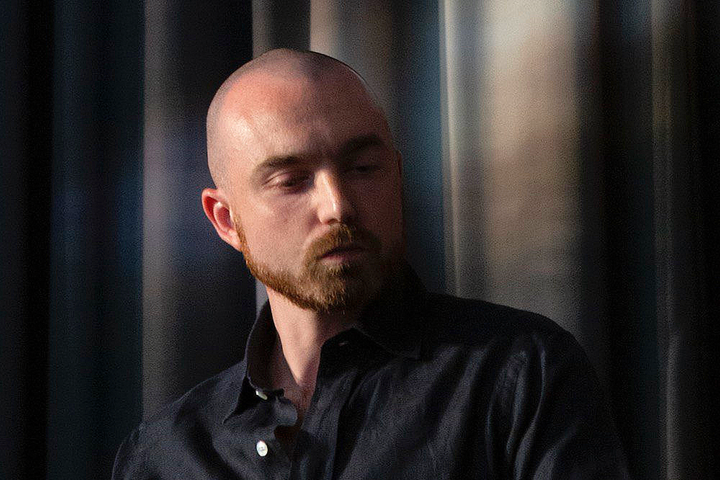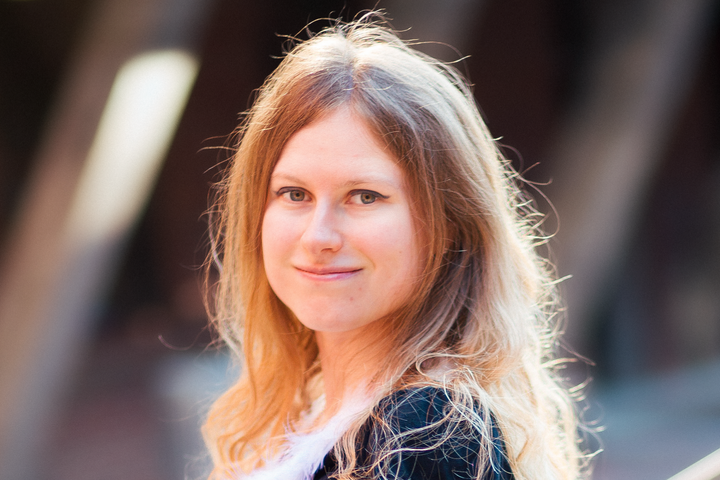Shumon Basar on Challenges of Building a New Type of Institution Between Physical and Virtual

Shumon Basar is a writer, editor and curator. He is co-author of the books The Extreme Self and The Age of Earthquakes, both with Douglas Coupland and Hans Ulrich Obrist. Other roles include Commissioner of Art Dubai’s Global Art Forum; founding member of Fondazione Prada’s “Thought Council”; Chief Narrative Officer and co-founder at Zien; and editorial roles at the magazines TANK, Bidoun, 032c and Flash Art. As Curator-in-Residence at Zora Zine, Basar has been publishing a trilogy around his concept of "Lorecore."
With Zien, your goal was to create a new institution at the intersection of the physical and virtual, something that would push the boundaries. Can you share some of the lessons learned along the way of creating such a format?
The challenge is how early we still are, not so much technologically, but culturally. The art world, as we know it, is a finely honed system of symbolic and financial values where every individual — from art critic to gallerist — plays a known role in that system. With NFTs and art, in general, in Web3, the excitement has partly been around the fact that this elaborate system doesn’t exist (yet), which theoretically should give rise to an entirely new and different shape of what is to come. But, the very lack of that infrastructure, as something that is developed over decades, may put some people off entering this world. I think it remains to be seen to what extent the convergence of worlds is inevitable or whether they stay in parallel realities, with parallel languages, heroes, and villains.
How do you think curating has changed and should change in the new technological era?
One narrative here would be that: the absence of traditional institutional curators and curating has opened the horizon, so that entirely new types of people can enter on something like a level playing field. There is some truth to this. One can see a more direct interfacing between audiences who become collectors — of NFTs — with the individuals producing these digitally distributable works. The downside, as has been well articulated repeatedly now, is something like a lack of quality control, for lack of a better word, such that the open sea is truly vast, endless and undiscriminating — but in a way that can cause you to feel dizzy at the sheer unmediated volume. If we think a little about what museums have done, historically, they have set standards for what should become the history of tomorrow culled from today. This is always ideological (museums, in the Western sense, are chronologically congruous with colonial imperialism), what has now been memed as “gate-keeping.” I’m a little old fashioned in that I believe in a certain kind of elitism, an elitism of quality, founded around almost scientific notions of originality, innovation, experimentation, etc. As such, if curating etymologically derives from the word “to care” then yes, I think there should be more “caring” for what matters: not just today, but in tomorrow’s tomorrow.
Community-building is key in the Web3 space, how do you achieve that in Zien?
Tell us a bit about the Telegram channel experience in relation to that. Zien decided to use Telegram as its chosen social media channel. Partly this is for tech reasons: it allows one to build an AI powered bot that becomes the Zien curatorial guide through drops and through Zien’s universe. I think many of us got Discord fatigue. One has to figure out the right tempo of delivering content and convivial messaging versus when to stay silent. It’s something you can only figure out through effort and experiment. Zien thinks of the Telegram channel as a place of discovery, and that the ambitious levels of quality — as evidenced in drops with Agnieszka Kurant and Shezad Dawood — seeks out its own specific community who are naturally drawn to this kind of vibe.
Making forecasts is a very ungrateful thing. Nevertheless, I’m very curious, what trends do you see arising for and from this new environment?
It’s a great question. The key word to me is experimentation. What can be done with this tech, and the social structures it elicits, that couldn’t happen before? Since our lives move seamlessly and subconsciously between screen and space, what kind of art and cultural experiences can we envisage that transport us — emotionally, philosophically — elsewhere, and in doing so, provide insights about the kinds of selves we are becoming.



